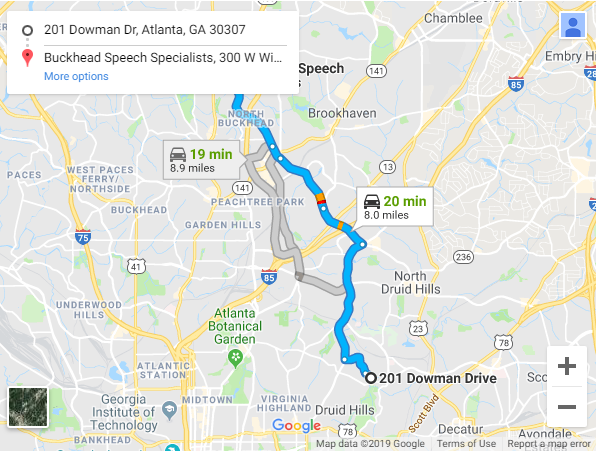Speech Disorders
Kids with motor language disorders are often unable to replicate or produce speech sounds without using special techniques to support their identifying challenges in the region of motor learning. Motor Speech Disorders are impairments in multiple of the motor processes that underlie language. Motor learning theory is complicated, and there are various levels of control which are discussed in the literature. Kids may display motor deficits in multiple of these areas: Sensory Processing and Motor Planning: 2 big types of sensory input signals, visual and proprioceptive, are closely connected to the acquisition of well-controlled motions for language. Motor programs are internalized plans of actions that prescribe movement routines for particular motor activities. Check out http://buckheadspeech.com/ for more details.

Sensorimotor Programming: This procedure accounts for the time and positioning of motions of the language musculature, which are the basis for coordinated motions. Childhood Apraxia of Speech is an engine language disorder impacting the capacity to program and plan movement sequences for language production. Movement Execution: In the degree of implementation, the muscles of the jaw, tongue, and lips produce the formerly planned and programmed motions for language production. Dysarthria is a term for several associated motor speech disorders caused by paralysis, weakness, abnormal tone or incoordination of those muscles utilized in language. PROMPT focuses on the precision and extremely coordinated movement routines required for volitional control of motions for speech production.
Irrespective of the nature of the engine processing disorder, the use of touch in addition to auditory inputs has a significant impact in developing a successful, consistent production of language sounds, phrases, and words. Megan has a diagnosis of mild cerebral palsy and Childhood Apraxia of Speech and has been referred to our practice by a pediatric neurologist. At her first visit, Megan tended to avoid participating in the conversation and responding to questions. Her speech intelligibility was poor, jeopardized by a low tone of muscle, sensory processing, and motor planning deficits. Megan was easily frustrated when not understood. She rapidly learned to produce her surname clearly and within six months, Megan's intelligibility, sentence length, and confidence As a communication partner significantly improved. PROMPT treatment methods helped Megan to stabilize her jaw and also to use sensory info to guide movements for speech production.

